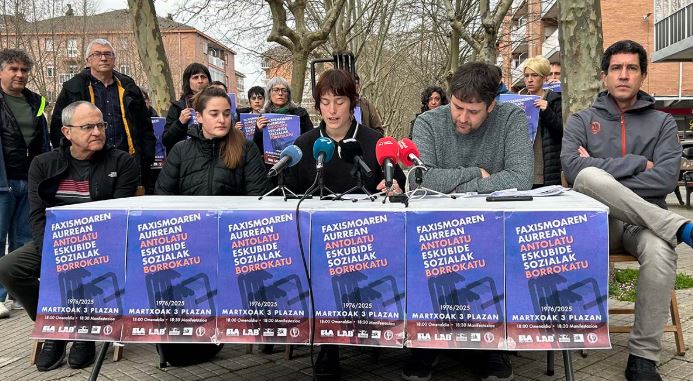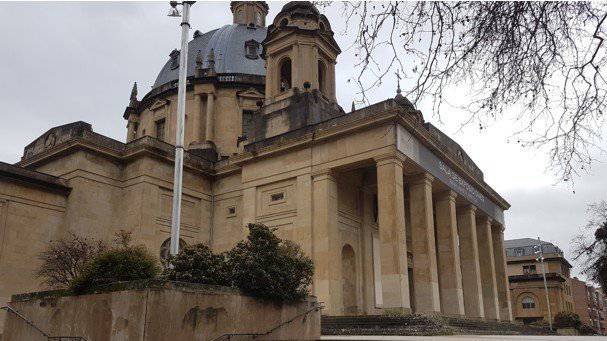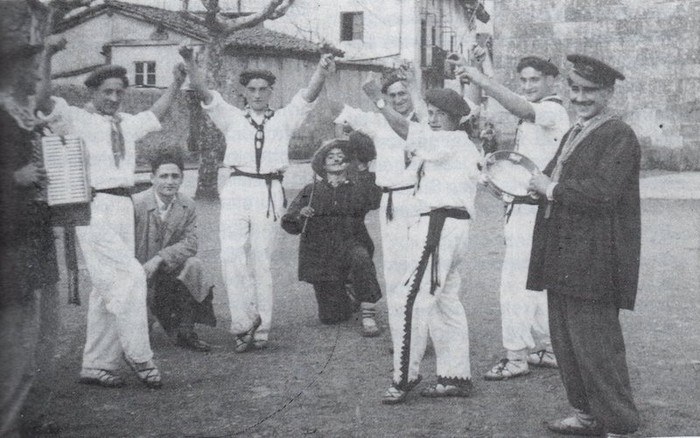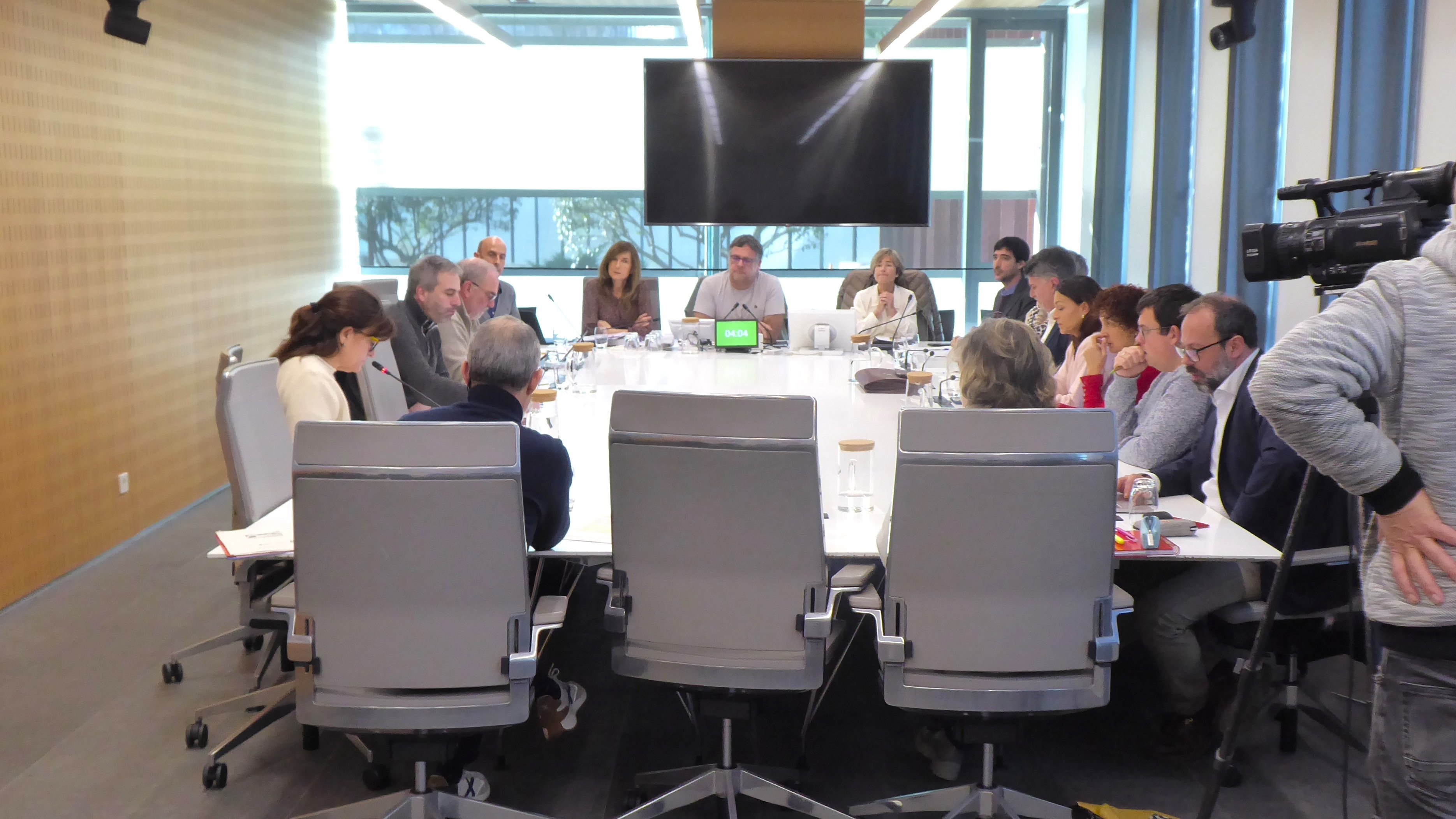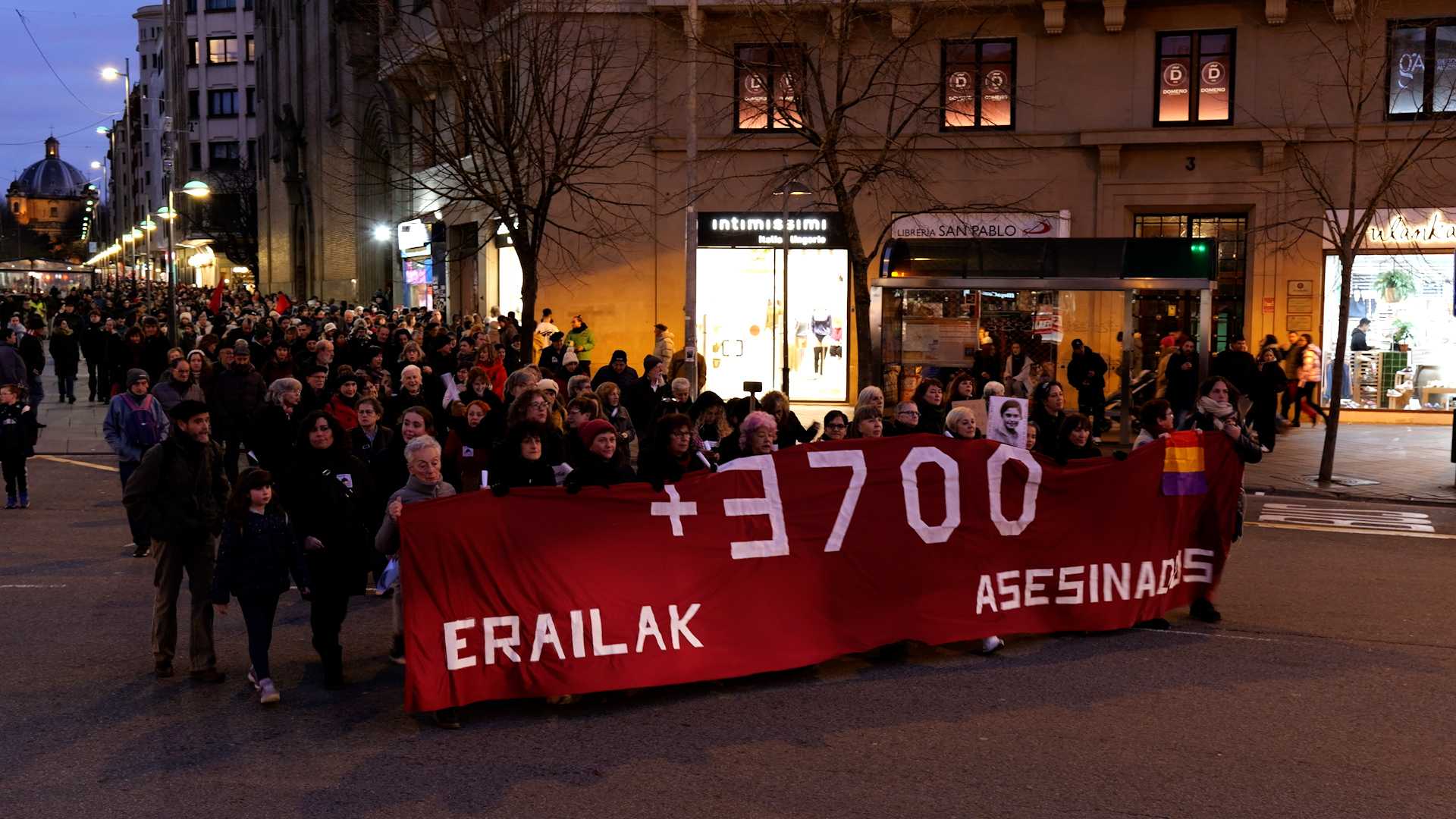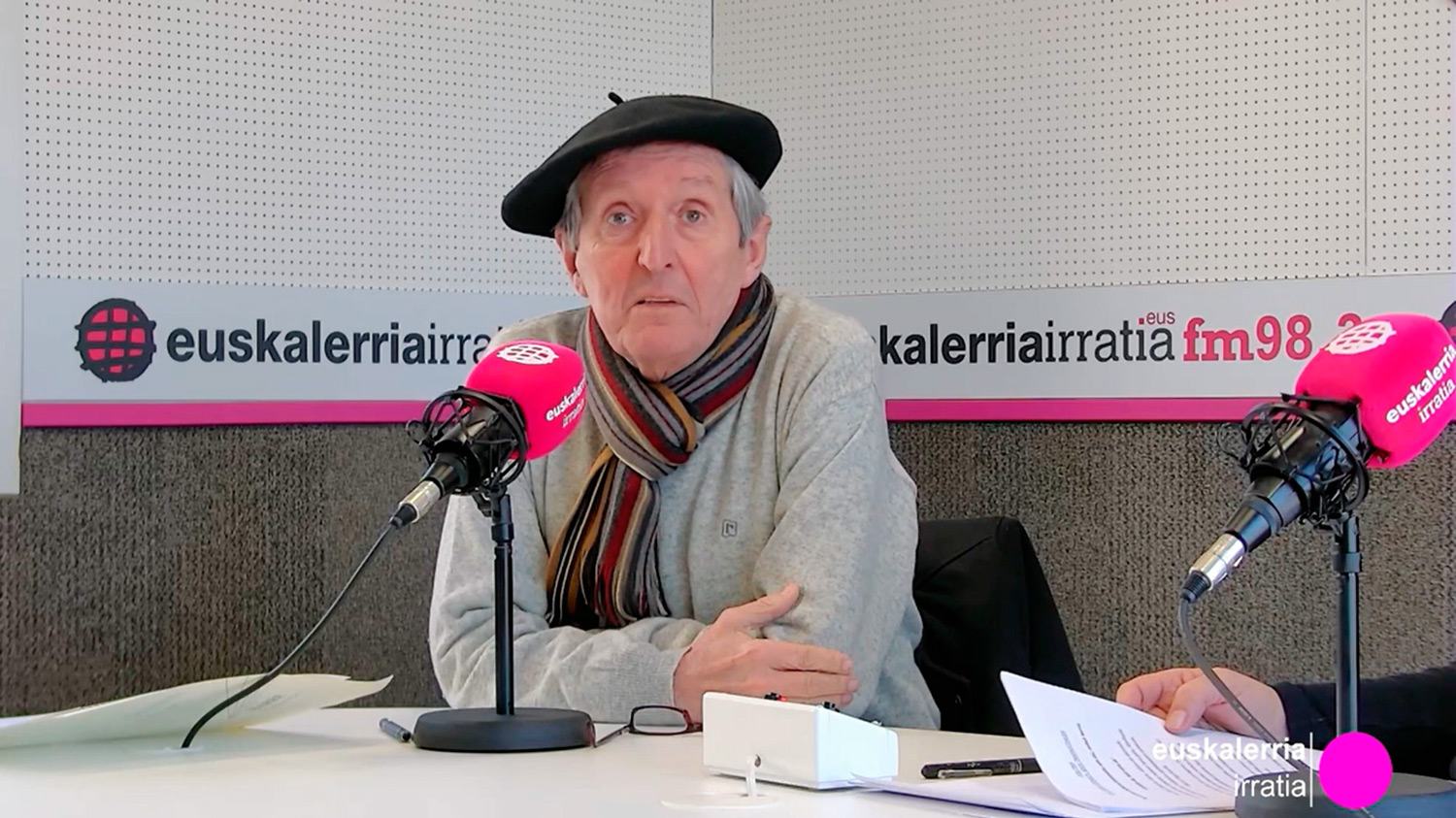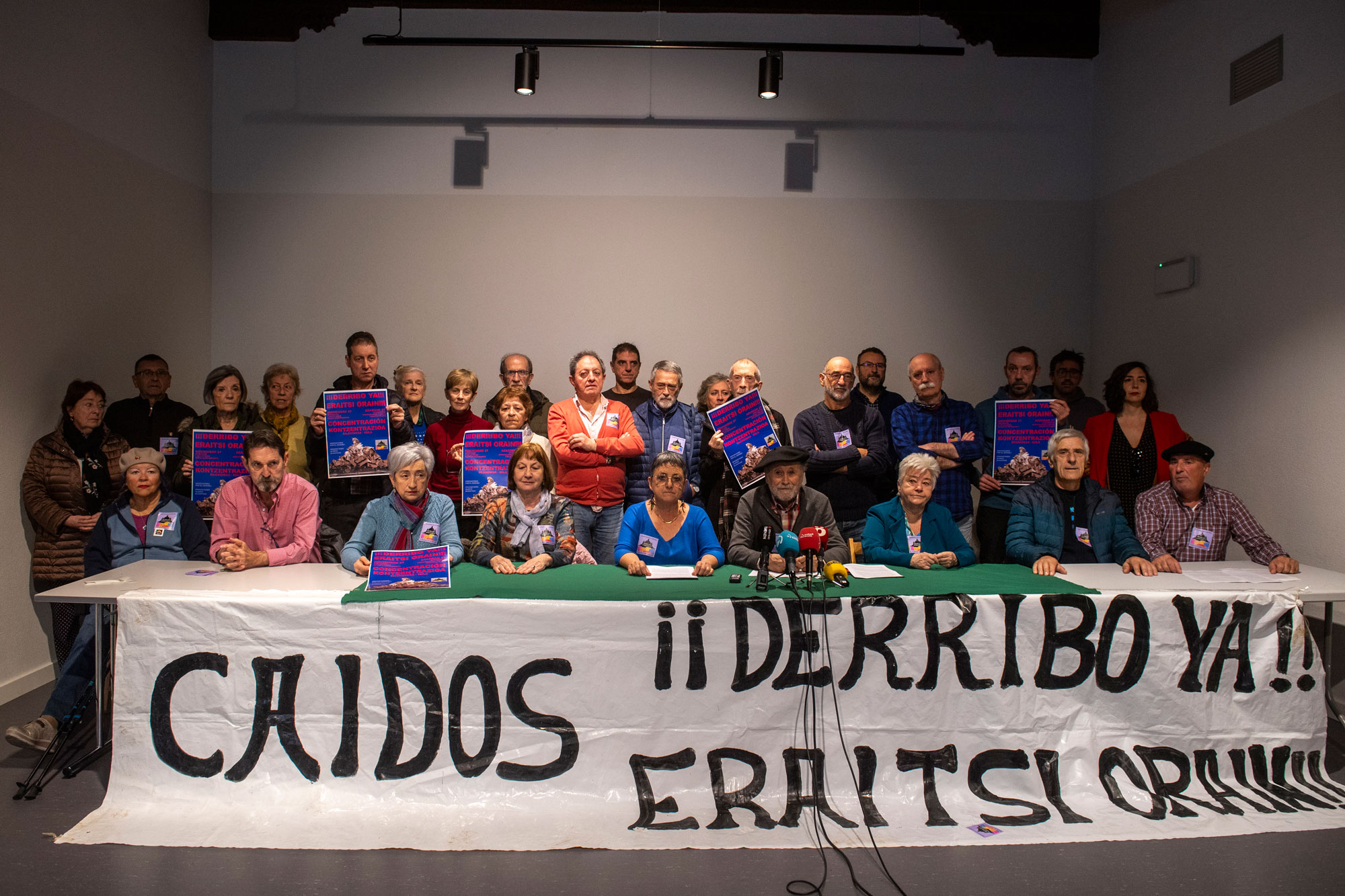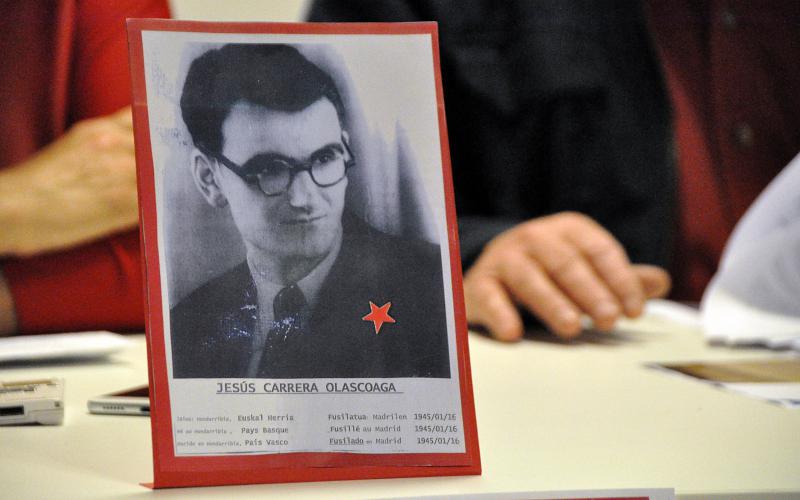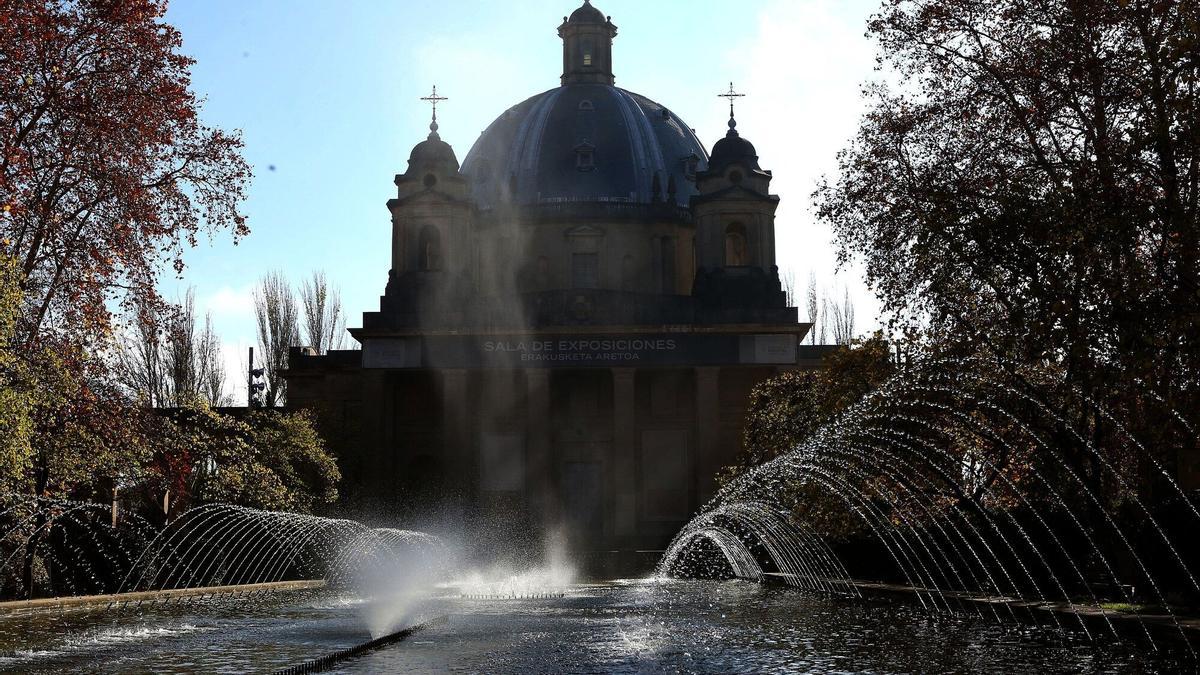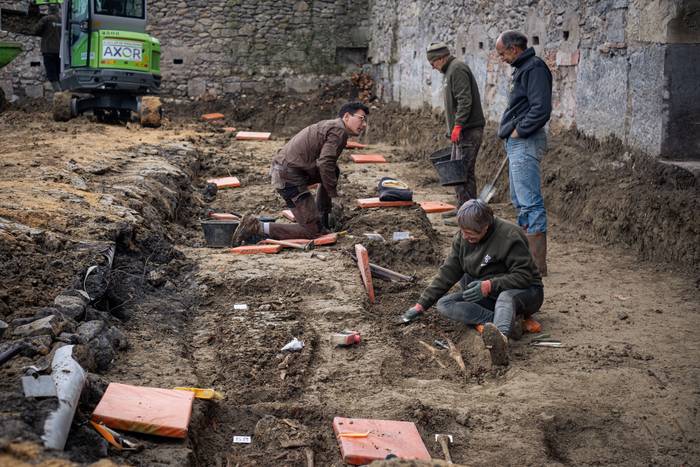The project 'Daughters of the Neighborhood' pays tribute to the women of Otxarkoaga
- On April 24, the project Daughters of the Barrio (Daughters of the neighborhood) was presented, which gathers the history of the women of the bilbaíno district of Otxarkoaga. We've had the opportunity to chat with Marina and Aurori, project partners, and they've shown us the historic photos that they've pasted on the neighborhood streets. In addition to the participation of eight women from the neighborhood, Silvia Ayerra and Susana González were in charge of directing this project.

Aurori and Marina are of the opinion that the Otxarkoaga neighborhood has appeared in the news reports to tell their office that there have been robberies or fights between neighbors and neighbors. They say that journalists only approach to show the ugly part of the neighborhood. However, “there are many activities and projects carried out throughout the year” and the project Daughters of the Barrio presented on April 24 in the Municipal Center of the neighborhood is a clear example of this.
I have reached an agreement with Aurori and Marina in the kiosk located in Otxarkoaga Square. The photograph you can see below is attached to a large column located at the back of the plaza's kiosk. They came up when I looked at her and I was very surprised when they told me that this woman was Marina.
The aim of this project is to pay tribute to the women of a time. Through the memories of today’s women, several photos of the neighbors’ ancestors have been glued through the streets of Otxarkoaga and a documentary with testimonies from the participants has also been prepared. All the photos have a QR code that allows you to listen live to the testimonies of the protagonists. All this with the help of Susana González and Silvia Ayerra.
The project Daughters of the Neighborhood has served to exchange images and fragments of women who have given their lives in the shadow, in anonymity. Although they are familiar with other activities in the neighborhood, such as the theater workshop, this initiative has allowed them to learn more about the lives of each other. They have taken pictures from the family collections of the past and while they have worked with the images in a collage, they have brought to light several childhood memories, “some harder than others, of course.” In general, Marina and Aurori say it has been a nice job.
They clarify that the exercise of memory performed is “necessary”: “It has served us to remember the life of our mothers, and that has been terrible in every way”. In addition, current generations have served to better understand the life of that time. Marina says that memory is in danger and considers that these kinds of exercises are basic to revalue culture.
Marina’s family moved from Galicia in search of work, while Aurori’s family had to be exiled in times of war. Immigration, exile or machismo have been the topics that have most marked the reports of the users. It has also been a kind of therapy for many, as Daughters of the Neighborhood has given them the opportunity to tell experiences that they have never revealed. “We wanted to tell feelings and facts from naturalness and care, without going deeper into the drama.” So in the documentary, there's a more serious part and a more narrated part from humor. “We wanted to talk about the memory of our ancestors, of war…”.
Despite receiving the economic support of the Plan Bilbao Aurrera, the photographic material glued to the walls of the neighborhood is scarce and given the welcome of the project, they would like to improve the infrastructure of the project facing the future. Print the photographs in other material than paper, or put them more protected, for example, in the municipal center.
Living memory, from inside out
Silvia Ayerra and Susana González receive through a workshop a part of the history of Otxarkoaga and his women. Along with eight women from the neighborhood, they have come out of personal photo collections to create a collective story. The result can be seen in the photographic exhibition that has been mounted on the streets of Otxarkoaga and in a documentary that will be made public soon.
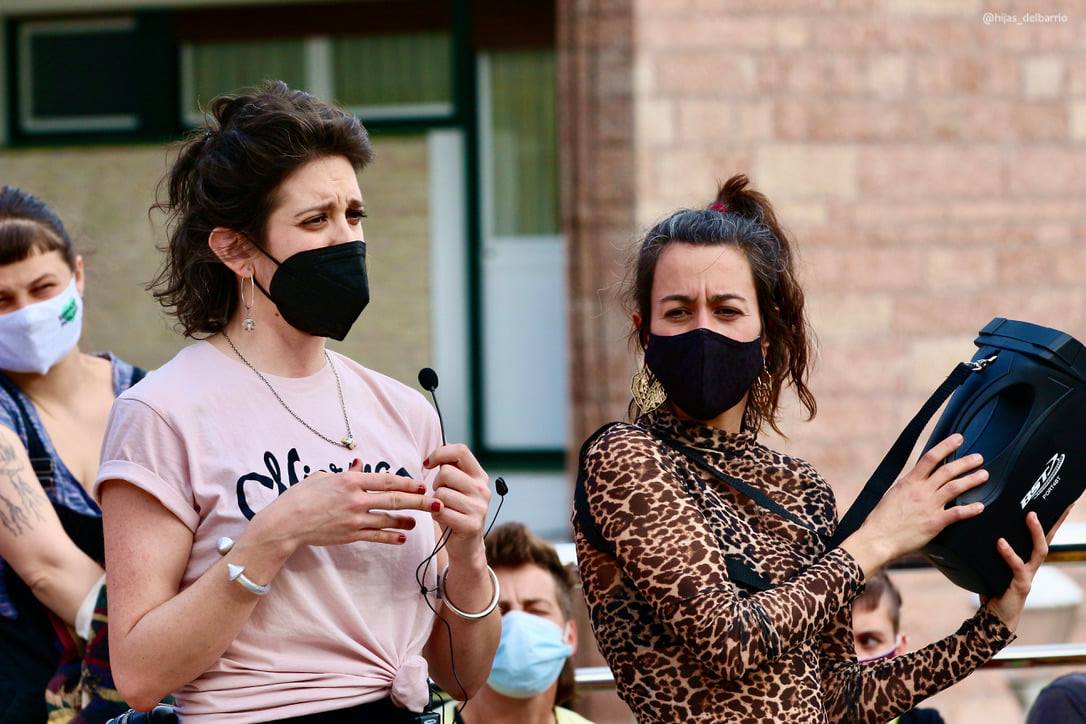
Silvia Ayerra and Susana González have used personal image files to value memory in the project Daughters of the neighborhood. It is an “image and memory laboratory” that has aimed to work the “own and collective memory” through family albums and personal files “to bring to light the domestic and daily accounts that remain in the background”.
The workshop began in January with eight women from Otxarkoaga. In a process that has lasted four months, they have created a common and collective story from personal stories; a part of the story of the neighborhood and its women. The result of this work is the interactive photo exhibition that has been made in the streets of Otxarkoaga and the video they have made in group.
Both were presented on April 24 at the Otxarkoaga Municipal Center in Bilbao. Both the organizers and the participants are very happy with the welcome they have had in the neighborhood. “The process has been very interesting and emotional,” explained Ayerra and González. “The participants liked it very much, it has created a lot of interest in the neighborhood and they have been the protagonists.”
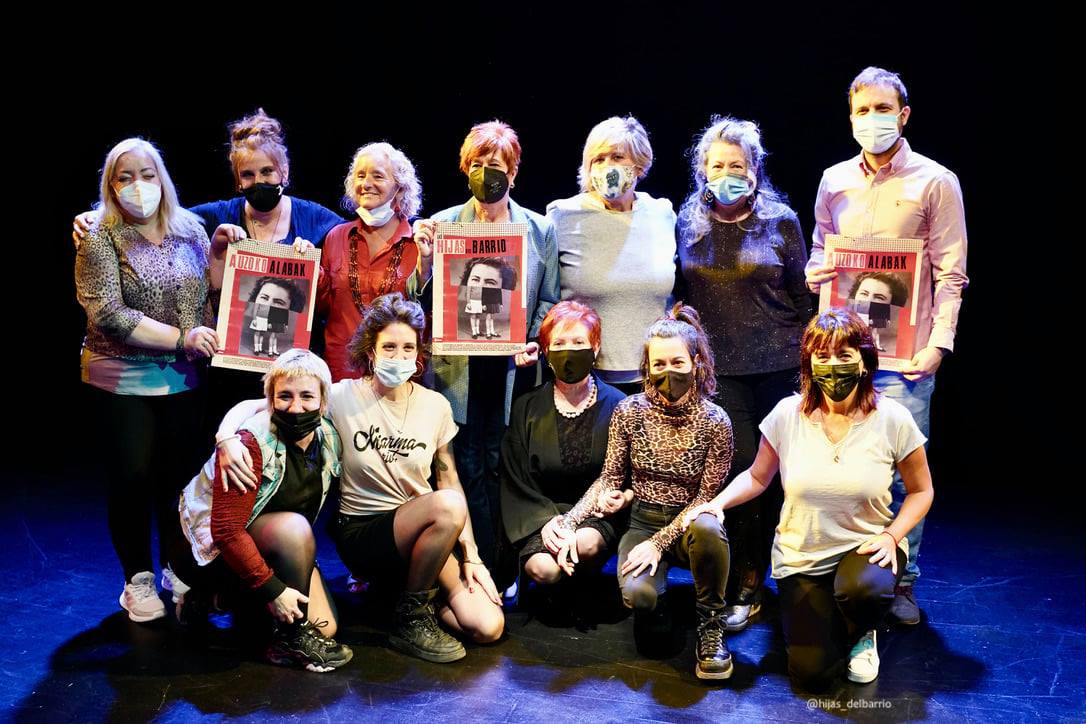
Anyone who wishes can follow the journey on their own. It is durable and interactive, with QR codes as photo support, which allow you to hear the explanations of the protagonists in the first person. Among them, they have produced a video that will be broadcast on the networks in the near future. However, before that, one wants to reproject in the street or in the Municipal Center, to get closer to the neighborhood.
In fact, it's a perfect excuse for bringing the project closer to Otxarkoaga. Ayerra and González are not bilbaínos, but they were clear that they wanted to develop the project outside the center. In his opinion, “cultural and artistic proposals always favor the center of the city” and have sought to break. “If the place where knowledge is generated is always the same, it is not culture, it is not art, it becomes power,” they stressed.
According to the creators of the workshop “it would be very good for each neighborhood to have projects to collect the memory like this”. The welcome of ‘The daughters of the neighborhood’ has aroused the desire to continue the workshop in other neighborhoods or towns: “That is the way we are interested in continuing to create culture and art.”
Tafallan, nekazal giroko etxe batean sortu zen 1951. urtean. “Neolitikoan bezala bizi ginen, animaliez eta soroez inguratuta”. Nerabe zelarik, 'Luzuriaga’ lantegian hasi zen lanean. Bertan, hogei urtez aritu zen. Lantegian ekintzaile sindikala izan zen;... [+]
Eraispenaren aldeko elkarteek manifestazioa antolatu dute larunbatean Iruñean. Irrintzi Plazan manifestazioaren deitzailea den Koldo Amatriarekin hitz egin dugu.











